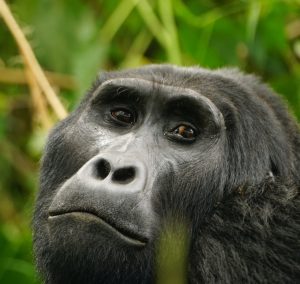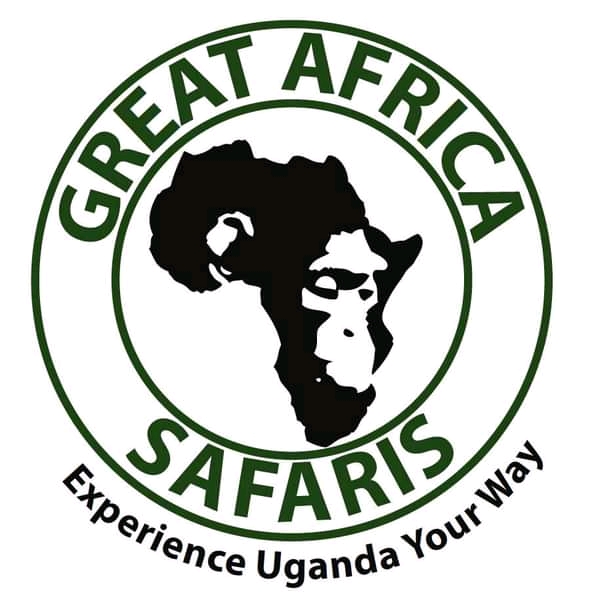 Located in south-western Uganda, at the junction of the plain and mountain forests, Bwindi Park covers 32,000 ha and is known for its exceptional biodiversity, with more than 160 species of trees and over 100 species of ferns. Many types of birds and butterflies can also be found there, as well as many endangered species, including the mountain gorilla.
Located in south-western Uganda, at the junction of the plain and mountain forests, Bwindi Park covers 32,000 ha and is known for its exceptional biodiversity, with more than 160 species of trees and over 100 species of ferns. Many types of birds and butterflies can also be found there, as well as many endangered species, including the mountain gorilla.
Bwindi Impenetrable National Park, covering 32,092 ha, is one of the largest areas in East Africa which still has Afromontane lowland forest extending to well within the montane forest belt. Located on the eastern edge of the Albertine Rift Valley and believed to be a Pleistocene refugium, the property is a biodiversity hotspot with possibly the greatest number of tree species for its altitude in East Africa. It is also host to a rich fauna including a number of endemic butterflies and one of the richest mammalian assemblages in Africa. Home to almost half of the world’s mountain gorilla population, the property represents a conservation frontline as an isolated forest of outstanding biological richness surrounded by an agricultural landscape supporting one of the highest rural population densities in tropical Africa. Community benefits arising from the mountain gorilla and other ecotourism may be the only hope for the future conservation of this unique site.
The property is an oasis of forest situated inside one of the most densely populated rural areas in the country with more than 350 people per square km. This means that there is no possibility for a buffer zone at the forest edge apart from a buffer of 4 km2 which was donated by communities at the southern end of the Park to safeguard the site. It is recognized that the site is reduced in size and does not have an ideal boundary configuration, as the boundary area ratio is high and the area of park/people contact requires intensive management. There are several narrow corridors between sectors that will create difficulties for movement of wildlife. Due to human disturbance and clearing of vegetation there is little that can be done to expand the area around these constrictions?
The Park boundary is clearly delineated with planted trees and concrete pillars as markers along areas where rivers do not form the boundary. This clear boundary line has mostly stopped encroachment by the local communities, although with increasing population, agricultural encroachment will remain a potential threat. However, community participation programs have enabled the neighboring communities to derive various benefits from ecotourism and regulated plant resource use which significantly contributes to improving their livelihoods. There are no commercial activities inside the property other than ecotourism. Bwindi shares a common border with the small (c. 900 ha) protected Sarambwe forest in DRC, into which the gorillas and other species enter at times. This provides an opportunity for population dispersal and gene flow, and an avenue for international collaboration in conserving the region’s endemic and endangered flora and fauna.
